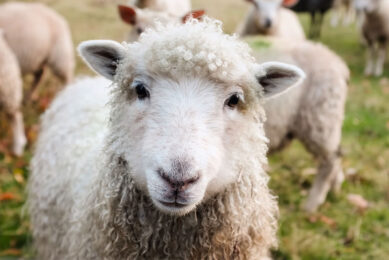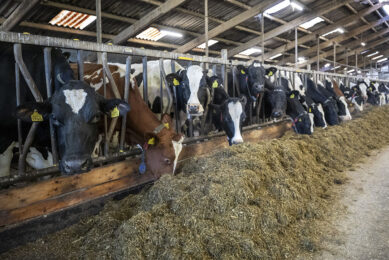British in need of organic feed ingredients
Shortages of organic feed ingredients have been predicted for several years in the United Kingdom.
Over the last 10 years, the number of organic livestock enterprises in
Britain has grown faster than organic arable production. As a result, organic
livestock producers have to rely on imports, particularly from other EU
countries.
Drought conditions in some parts of Britain led to forage
shortages now affecting organic dairy farms. Several factors have now combined
in early 2007 to create severe shortages of organic feed
ingredients.
Despite record high prices, United Kingdom demand for
organic feed, especially organic poultry feed, is continuing to grow, says
Graham Loveday, organic sales manager for Marriages, a flour and feed miller
which sells 20% of its feed to organic producers.
Poor grain
harvest
Europe’s poor grain harvest last summer, together with stricter
EU standards, have raised prices for organic cereals to new levels, with wheat
selling at up to £280 ($550) per ton.
The EU requires the organic content
of animal feed to increase from 80 to 85%, and 95% for organic ruminant
feed.
“The biggest demand for organic feed is from poultry producers
responding to the growing popularity of organic chicken and turkey with
consumers,” says Loveday.
“But we are also seeing significant growth,
too, in our sales to small farms producing beef, pork, lamb and eggs for farmers
markets and sales direct from the farm.”
We do purchase an increasing
proportion of our needs locally. But like other compounders, we also rely on
imports and although Kazakhstan has now released another 40,000 tonnes of
organic wheat, the supply situation remains tight at least until
harvest.”
Strong growth in US
In the US, the organic industry
overall is growing at the rate of 15-20% per year, according to Simmons Grain
Company in Salem, Ohio, as livestock producers are becoming increasingly aware
of the benefits of organic production and the premiums for organic products and
consumer demand is growing.
Simmons processes around 27,000 tonnes of
organic soybean meal per year. Some soybean farmers in the northern U.S. and
Canada are attracted by the opportunity to obtain $18-20 per bushel ($ 660 – 735
per ton) for food-grade organic soybeans.
Organic feed grade (such as
stained) soybeans fetched $12-15 per bushel last year. Organic soybeans
frequently average over 30 bushels per acre (2 tonnes /ha) and revenues for
organic soybeans can be over $500 per acre for a successful organic soybean
crop.
Join 26,000+ subscribers
Subscribe to our newsletter to stay updated about all the need-to-know content in the feed sector, three times a week. Beheer
Beheer









 WP Admin
WP Admin  Bewerk bericht
Bewerk bericht